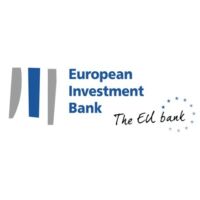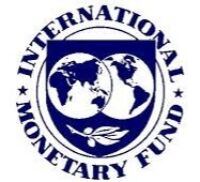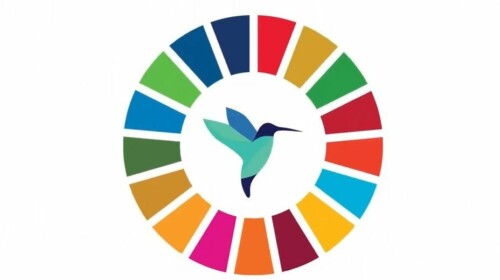This course outlines common ways countries develop robust financial sectors – from banks to equity markets. We’ll teach you how to read indicators that gauge financial development and financial inclusion – and how to measure its distinct macroeconomic impact. You’ll understand the relationship between financial inclusion and banks and capital markets, small and medium-sized enterprises, households, and the fast-changing world of fintech, plus we’ll explore what policies and strategies are best to encourage financial development --while also limiting risks.
The course is self-paced over 7 weeks and requires about 8-10 hours of work per week.
Target Audience
This course is for country officials, regulatory institutions, and development organizations who can benefit from a solid understanding of the macroeconomic relevance of financial development and financial inclusion, as well as those policies and interventions that can contribute to economic growth and enhance inclusion.
Learning Objectives
You will learn to:
- Identify a framework for financial market development and financial inclusion, and why they matter for economic growth and development.
- Measure the degree of financial development and inclusion for a country or countries using a wide range of standard indicators and use benchmarking to compare a country to its peers.
- Identify strategies and policies to support the development of financial intermediaries and capital markets in a country, considering initial conditions and links between the financial sector and the macroeconomy.
- Understand the unique challenges SMEs face accessing finance. Describe how financial intermediaries can better tailor their products to the needs of the SMEs.
- Provide standard methodologies for managing risks associated with SME lending. Evaluate how government policies can improve the lending environment for SMEs and understand the role of state banks and MDBs, including their role in mitigating risks.
- Evaluate the benefits and costs of different financial inclusion policies and identify strategies to promote financial inclusion for households and micro-enterprises.
- Understand various uses of technology in the financial sector (Fintech) and how they could be used to improve the efficiency and inclusiveness of financial services without generating financial instability.









